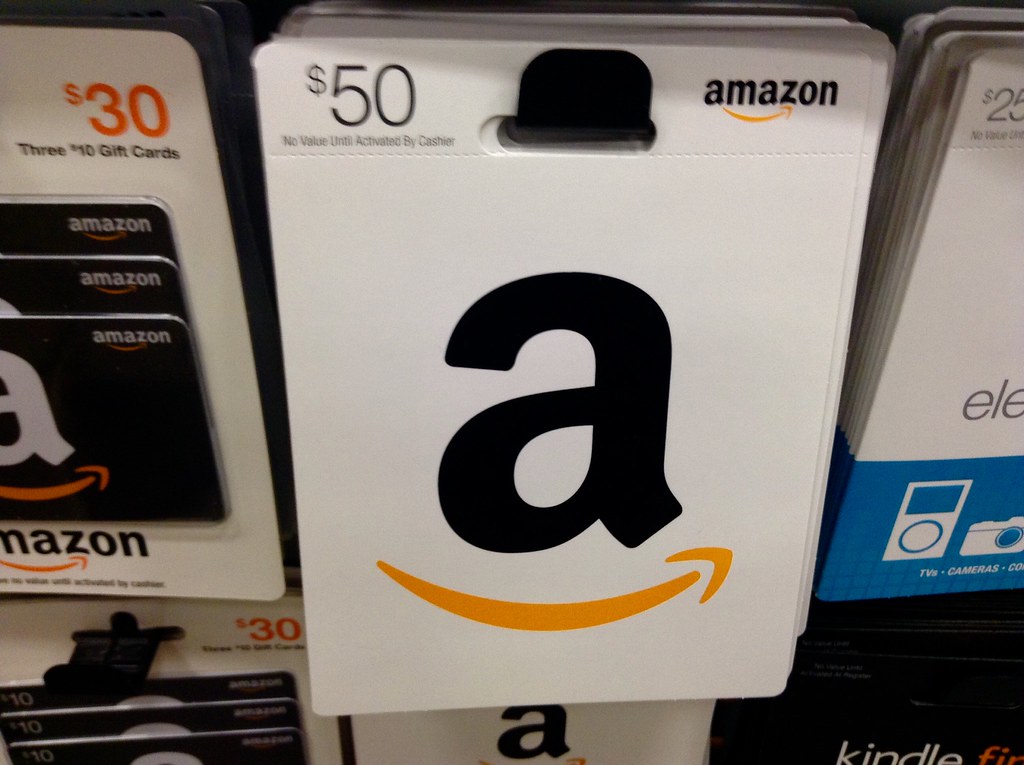More than ever before, third-party sellers on Amazon are generating higher levels of sales. In 2018, small and midsize businesses (SMBs) made $1 million more in sales than they had in 2017. In addition, the number of small and medium businesses operating as third-party sellers skyrocketed. At first glance, this is a win-win result for both the sellers and for Amazon. However, the downside to this story is that because third-party sellers are finding higher levels of success, they are relying on Amazon as their primary source of income. With reliance, comes dependence. As a result, should Amazon decide to suspend or, even worse, to ban, these sellers, these businesses could lose everything. If a seller has been suspended by Amazon, it should take the following steps to get back into good favor as expeditiously as possible and resume its operations:
- Identify the issue that has caused the complaint:
If you are a seller who has been suspended, the first action you need to take is to identify the issue that caused the complaint. Amazon will inform you of the cause for your suspension, but it may not always be perfectly clear how you violated Amazon’s policies.
The following are the top reasons that Amazon suspends its seller accounts:
- Poor seller performance
Amazon is very strict on its seller performance metrics. If you score low for customer feedback, cancel too many orders, or don’t have timely shipping, Amazon is likely to suspend your account.
- Seller policy violation
Ideally, sellers utilizing Amazon should understand the company’s rules prior to commencing business. It logically follows that the more familiar you are with Amazon’s rules, the less likely you will be to break them.
- Selling/Displaying restricted products
Amazon is adamant about maintaining high quality for product information and inventory. Restricted products are identified by Amazon to ensure that customers are not seeing products that don’t align with Amazon’s mission. It is essential to ensure that you are not listing restricted products in your product information. To dissuade this practice, Amazon even goes so far as to encourage other sellers to report violations (“Amazon encourages you to report listings that violate Amazon’s policies or applicable law…”)
Regardless of the cause for suspension, the seller must remember that Amazon’s policies favor the buyer in almost all cases. There is no penalty for the buyer and everything for the seller to lose. As a result, sellers should view identifying the cause of the complaint as a fact-finding mission. You do not want to be argumentative or defensive. Simply find out what the problem is so that you can take steps to resume your operation.
- Explain to Amazon the measures that you will take to resolve the issue
As a seller, the second step you must take is explaining to Amazon the precise steps it will take to remedy the issues identified in the complaint. Take full responsibility for the harm done to customers and don’t pass blame to either the customer or to Amazon. Use clear and succinct language and identify the exact plan of action you will take to deal with the complaint. Make sure that your plan of action includes as much specificity as possible and addresses all relevant points. In addition, you might want to include sandwiching in some of your positive store attributes on Amazon to highlight its value to the marketplace. Jeff Coleman, VP of Marketplace Channels at CPC Strategy offers sage advice: “When making your case to Amazon for account reinstatement, don’t get defensive or accusatory, and don’t treat the person on the other end of the line as if they’re the cause of your problem. They’re just another person responding to your request, so get them on your side. Explain what happened and share what steps you’re going to take to correct the issue so it doesn’t happen again. In other words, give that person a reason to support you.”
- Explain to Amazon how you will act to prevent these issues from happening in the future
When you are trying to get reinstated, you need to present a convincing and well thought out plan for how you are going to prevent future issues from occurring. The primary goal for an Amazon suspension is to force the seller to take detailed steps that will improve their account operations. Amazon takes great pride in its reputation and depends upon its sellers to provide a reliable buyer experience. You need to convey to Amazon that you have taken measures to implement a set, methodical protocol to prevent future complaints. You want to demonstrate that you understand what went wrong and why it went wrong. In addition, keep your explanation short and sweet. Get into your root causes quickly and show Amazon that you are already attacking each self-identified complaint. By sticking to the facts and the specifics of your improvements, you will maximize your likelihood of success.
If you are a third-party seller on Amazon and your account has been suspended, do not panic! There are tried-and-true steps you can take to have your account reinstated, however, the process can sometimes be complicated and require some finessing. As a result, it is highly advisable to seek the assistance of an experienced attorney. Contact Revision Legal for a free consultation at (231) 714-0100.
